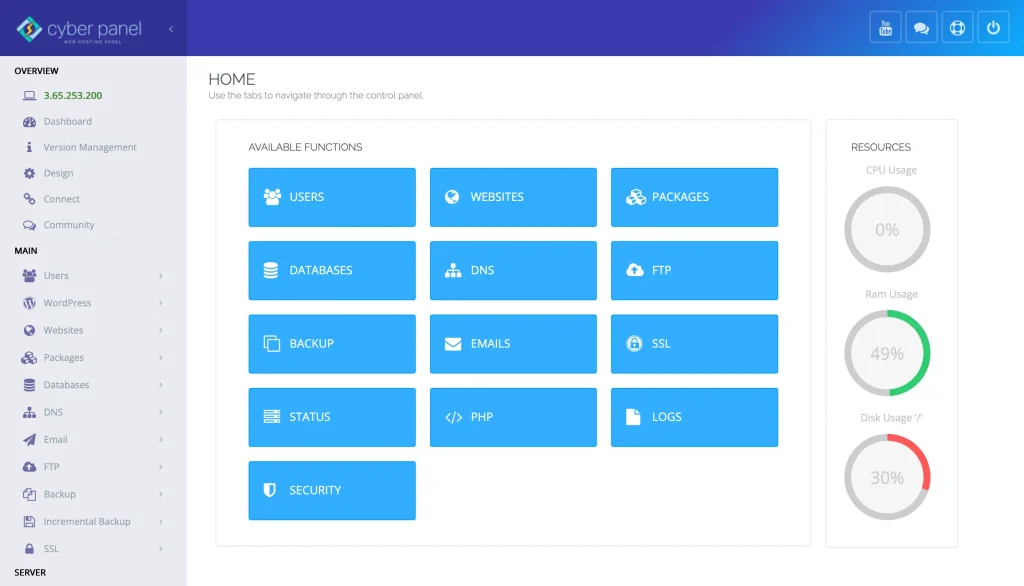Have you ever opened a shell script in Linux and got a line starting with #1 followed by /bin/bash? This is what we call the bash shebang. And, you already know it. But it’s time to get deeper. This little line might look simple. However, it is very crucial and important part of a shell script. Because it tells your system which program should be used to run the script.
Let’s break this technicality simply together!
What is Bash Shebang?
In bash, the shebang is the first line in a script file. It starts with #1. This is important because it tells the system which interpreter should execute the file.
This is how it looks in a bash shebang:
#!/bin/bash
This line says:
Hey system, when someone runs this script, use the Bash shell to run it.
Tech Delivered to Your Inbox!Get exclusive access to all things tech-savvy, and be the first to receive
the latest updates directly in your inbox.
Importance of Shebang Line
If you run your script manually using a shell like bash script.sh, then your script may be run without a shebang. But, you will require shebang if you want your script to be directly executable (./script.sh). Moreover, this ensures the right shell runs your code. It is especially important when you are moving between different Linux systems. And also, when the default shell is not Bash.
Analysis of #!/bin/bash
#!/bin/bash is the most common bash shebang. Let’s look closer and analyze it:
- #! is called the shebang.
- /bin/bash is path to the Bash shell interpreter.
Thus, when you start your script with #!/bin/bash, it means it is using the bin bash shebang. Because it has to run all the commands inside with Bash syntax.
Bash Shebang vs Other Interpreters
Let’s differ shebang bash, and other interpreters. You can use other interpreters too, like:
#!/bin/sh→ POSIX shell#!/usr/bin/env python3→ Python interpreter#!/usr/bin/env bash→ Flexible Bash (recommended if the path to Bash may vary)
But, it is the most direct way for Bash-specific scripting:
#!/bin/bash
As told earlier, it is the shebang bin bash and is ideal for most Linux distributions where Bash is installed in /bin.
Do I Need a Bash Shebang Always?
We are discussing it right in the middle of the article, because it is a very common question. And the answer is a big yes. It is always needed if you want your script to behave predictably when run directly.
If you don’t have a proper bash shell shebang, then your system can default to another shell that may not support Bash-specific syntax. Here are a few examples:
- Arrays
[[ ]]conditionals(( ))arithmeticfunctionkeyword
Above mentioned examples are all features of Bash. They may fail in other shells unless you use the correct bash shebang.
Real World Example
Let’s assume you write a simple script to print a message:

#!/bin/bash
echo "Hello, Bash world!"
After that, save it as hello.sh and make it executable. Then, run:
#!/bin/bash
echo "Hello, Bash world!"
The script will run using Bash as you used the shebang bin bash at the top.
What If You Use the Wrong Shebang?
If you write a script with the Bash-specific syntax but use the wrong shebang, it could break.
Here is an example:
#!/bin/sh
for name in {1..5}; do echo "Hello $name"; done
This will fail because brace expansion ({1..5}) is a Bash-only feature. And /bin/sh will not support it. This is an example showcasing the shebang bash importance when you are writing Bash scripts.
#!/usr/bin/env bash vs #!/bin/bash
Here are a few differences:
#!/bin/bash– Absolute path. Works if Bash is in/bin.#!/usr/bin/env bash– More flexible. Finds Bash wherever it’s installed via the environment.
You should use !/usr/bin/env bash if you want your script to run on multiple systems with different configurations.
Tips For Security & Portability
Here are some tips for security and portability tips:
- You should use a shebang in scripts meant to be executed.
- You can use #!/bin/bash for consistent Bash usage on Linux.
- You can also use #!/usr/bin/env bash for portability across platforms.
- You should define the specific shell you need.
Summary: Why Bash Shebang Matters
| Concept | Explanation |
|---|---|
| Shebang | First line in a script starting with #! |
| Bash Shebang | A shebang pointing to the Bash shell (/bin/bash) |
| Use | Tells system to execute script using Bash |
| Syntax Compatibility | Ensures Bash features work correctly |
| Portability | Use #!/usr/bin/env bash for flexibility |
Role of CyberPanel in Bash Scripting

CyberPanel is a next-gen web hosting control panel. However, it plays an important and powerful behind-the-scenes role for developers and sysadmins. Yes, those who work with Bash scripts on Linux servers.
Here is how we connect with the use of the bash shebang:
- Automation: You can run bash scripts to automate backups, restarts, and cleanups.
- Cron Jobs: You can schedule scripts via CyberPanel’s GUI.
- Script Management: You can upload, edit, and set permissions directly from the panel of SSH.
- Reliance: When you use #!/bin/bash or #!/usr/bin/env bash, it ensures scripts run smoothly in all environments.
Hence, CyberPanel simplifies server management and empowers you to automate tasks with reliable bash shebang scripts.
People Also Ask
What is a shebang?
It is the first line in a script. It tells the system which interpreter to use.
Do I need to add a shebang in shell scripts?
Yes. It is very important to add a shebang in shell scripts if you want to run the script directly. It also makes sure that the script runs with the correct shell.
Is it possible to write a Bash script without the shebang?
Yes, it is possible. But, you will need to run it manually with the Bash command. Without the shebang, it would not know which shell to use when run directly.
Final Thoughts!
Finally, we have learned bash shebang. It can look like a small detail, but it plays an important role in how your scripts run. Bash shebang provides compatibility, prevents errors, and keeps your code running in the environment you want.
One line. Total control. Start your scripts with the bash shebang now!



